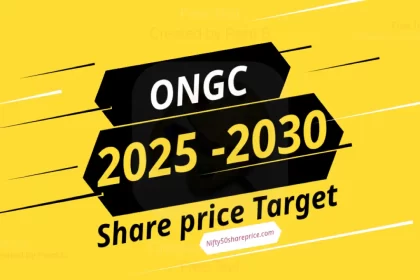New Delhi— Budget 2025 highlights: The Union Budget 2025, presented by Finance Minister Nirmala Sitharaman, has introduced several key changes aimed at improving the economy and providing relief to the common people. Here are the most important highlights that could impact your wallet, job, and overall financial situation.
1. Revised Income Tax Slabs – More Money in Your Pocket
One of the biggest announcements in the Budget is the revised income tax slabs. These changes are designed to reduce the tax burden, especially for salaried individuals.
Here’s how the new tax system works:
| Up to ₹4 lakh | No Tax |
| ₹4 lakh to ₹8 lakh | 5% Tax |
| ₹8 lakh to ₹12 lakh | 10% Tax |
| ₹12 lakh to ₹16 lakh | 15% Tax |
| ₹16 lakh to ₹20 lakh | 20% Tax |
| ₹20 lakh to ₹24 lakh | 25% Tax |
| Above ₹24 lakh | 30% Tax |
This means if you earn up to ₹12 lakh, you may not pay tax at all after applying rebates and deductions. These changes aim to benefit the middle class and boost spending.
2. Increased Budget for Railways
A major focus of the Budget is on Indian Railways. The government has allocated more money for infrastructure and development. This will help improve train services, stations, and even create more job opportunities in the sector.
3. Focus on Healthcare and Education
Healthcare and education are also big priorities in this Budget. The government has promised to spend more on building better hospitals, medical research, and education systems. The aim is to provide better services to the public and improve the quality of life for everyone.
4. Startups and MSMEs Get Big Support
The Budget has also introduced measures to support startups and small businesses (MSMEs). The government plans to make it easier to get loans, provide tax breaks, and encourage entrepreneurship. This will help create more jobs and give a boost to the economy.
5. Inflation Control – Steps to Reduce Prices
The government has promised to take steps to control inflation (the rising prices of goods). By doing this, everyday items like food, fuel, and essentials will hopefully become more affordable for everyone.
6. Green Energy and Sustainable Development
The Budget also focuses on green energy and environmental sustainability. This means the government will encourage the use of renewable energy sources like solar power and wind energy, while also focusing on reducing pollution and carbon emissions.
7. Rural and Agricultural Growth
For farmers and people living in rural areas, the government has promised more support. There will be higher investment in improving agricultural techniques, better irrigation systems, and direct support for farmers to improve their income.
8. Digital Transformation – Focus on Technology
The Budget encourages the growth of digital technology and e-governance. This will help make government services more accessible and transparent through digital platforms. There will also be more investment in the technology sector, which will create job opportunities and lead to technological advancements.
9. Women’s Welfare and Empowerment
The Budget also includes measures to empower women. There are plans for better access to education, healthcare, and financial support for women-led businesses. This will help reduce gender inequality and create more opportunities for women in various sectors.
10. New Jobs and Skill Development Programs
Another focus is on creating new job opportunities. The government will invest in skill development programs to train youth in the skills needed for high-demand jobs. These initiatives aim to reduce unemployment and help people find better jobs in the evolving job market.
###Conclusion: A Budget for Growth and Relief
The Budget 2025 is designed to help the middle class, farmers, startups, and small businesses. It focuses on economic growth, job creation, and financial relief for those who need it the most. Whether it’s through revised tax slabs, improvements in infrastructure, or more support for digital initiatives, this Budget aims to push India forward toward a brighter and more prosperous future.
This Budget is all about building a stronger economy while supporting individuals and businesses. It’s expected to create a positive impact in the coming years.










